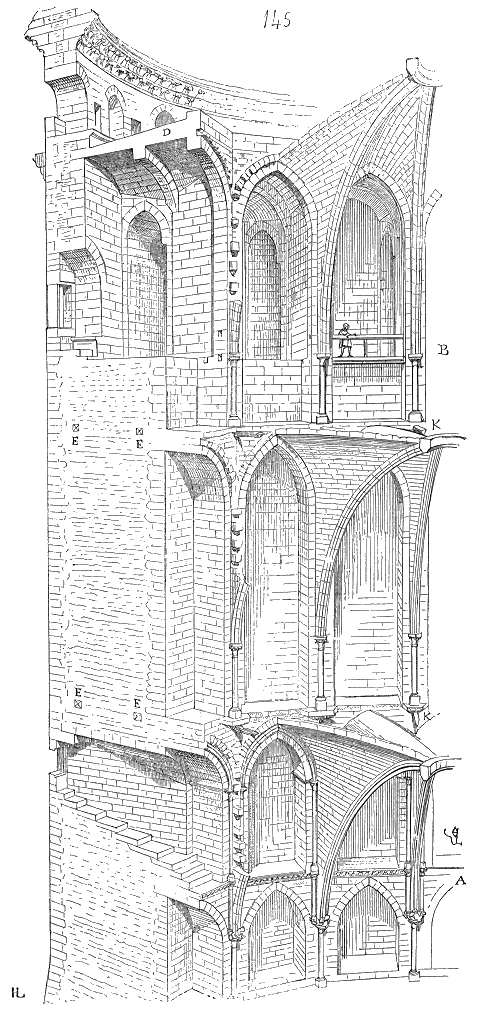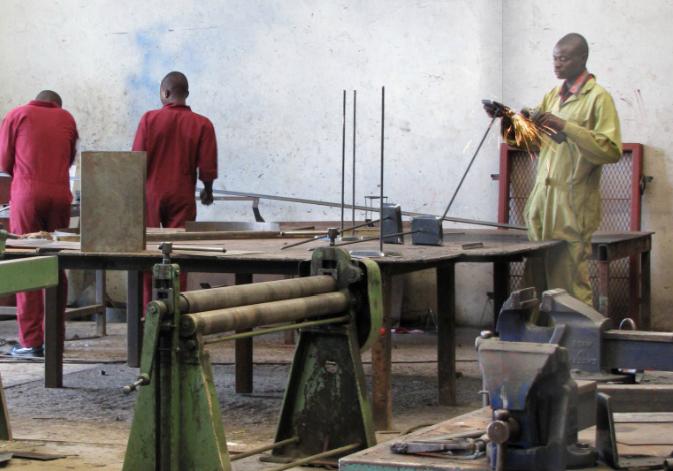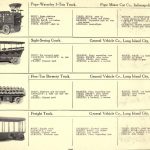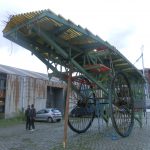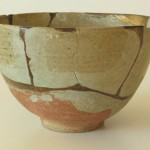Metafilter reports that The Rodale Institute has just published the results of a 30-year study that claims that – in terms of yields, economic viability, energy usage, and human health – organic farming is better than conventional farming.
With results like these, why does conventional wisdom favour chemical farming? “Vested interests. Organic farming keeps more money on the farm and in rural communities and out of the pockets of chemical companies. As the major funders of research centres and universities, and major advertisers in the farm media, they effectively buy a pro-chemical bias.”
